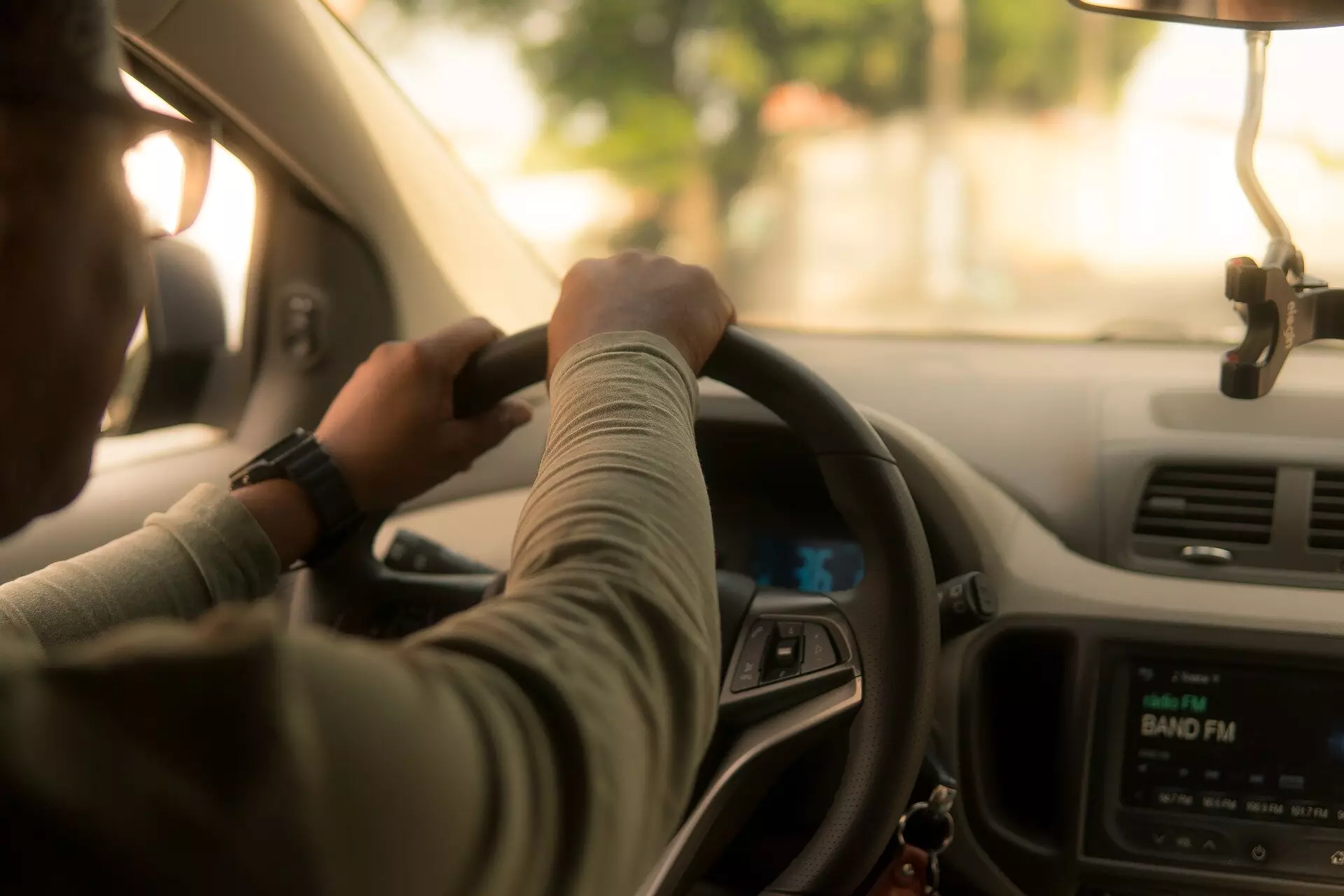In light of the burgeoning gig economy, public transit systems worldwide face scrutiny over their effectiveness and efficiency, especially in suburban areas. As congestion increases and commuter expectations evolve, solutions to modernize these systems have become imperative. The research conducted by scholars at Concordia University shines a spotlight on a compelling solution: On-Demand Transit (ODT). By taking cues from the successful ride-share models implemented by Uber and Lyft, ODT presents an innovative alternative designed to reshape the conventional public transport experience for suburban commuters.
Most suburban transport networks rely heavily on fixed bus routes, which often lead to inefficiencies and delays. Commuters in areas like Terrebonne, Quebec—an idyllic suburb of Montreal—struggle with infrequent bus schedules and lengthy delays. Traditional buses, meant to serve an entire area, can often run empty or remain stalled during non-peak hours. This inefficiency not only frustrates users but places a strain on transit agencies tasked with maintaining these routes. With rising operational costs and increasing environmental concerns over greenhouse gas emissions, it’s clear that a reimagined approach is essential for a revamped public transit framework.
The researchers’ proposal pivots on ODT—an algorithm-driven system that replaces traditional buses with a fleet of passenger vans, which adapt dynamically to user requests. Instead of waiting long periods for a sporadic bus, commuters simply use their smartphones or smart devices to request a ride from designated stops. The vans are dispatched based on real-time requests, ferrying users directly to public transit hubs, such as metro and commuter train stations. This model not only enhances convenience and flexibility for passengers but also drastically reduces wait times and total commute durations.
One of the most notable features of ODT is its focus on the “first-mile” problem—an often-overlooked segment of commuters’ journeys. By streamlining this initial phase of travel, ODT helps reduce the friction commonly associated with traditional transit systems.
Beyond its benefits for individuals, ODT offers a compelling business case for transit agencies. The research indicates that ODT can diminish operating and capital costs significantly, potentially changing the financial landscape for public transportation. With lower maintenance requirements and reduced operational expenditures, agencies can redirect resources to improve existing infrastructure or expand services. Importantly, the reduced number of vehicles on the road translates to lower greenhouse gas emissions, a critical consideration for environmentally-conscious policymakers.
The findings from the analysis conducted by the Concordia University researchers reveal some eye-popping figures. Implementing ODT could lead to a staggering 36% reduction in overall travel time and a 41% decrease in detour time when juxtaposed with current bus models. Considering the growing emphasis on rapid, accessible commutes, these enhancements could transform how people perceive and utilize public transit.
Interestingly, ODT distinguishes itself from traditional ride-share models by maintaining a fixed fare structure. Unlike Uber or Lyft, which often implement dynamic pricing models that vary based on demand and time of day, ODT guarantees predictable costs for users. This stability could help ease fears about surges in pricing and make budgeting for transportation expenses easier for commuters, promoting wider adoption.
The case study focusing on Terrebonne serves as a valuable template for municipalities grappling with similar transportation challenges. The integration of smart technologies and cloud connectivity posits ODT as a feasible solution across various suburban landscapes. Importantly, this requires no massive investment in new infrastructure, allowing communities to transition gradually into efficient modernization.
As urban and suburban areas grapple with the complexities of modern commuting, ODT emerges not merely as a concept but as a viable strategy to foster more fluid, sustainable, and user-friendly public transportation. As researchers continue to develop and refine these models, the potential for revolutionizing how we think about commuting could soon become a reality.


Leave a Reply